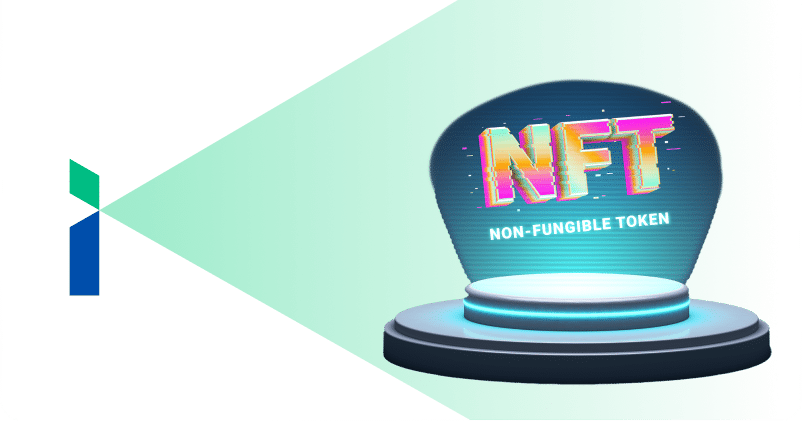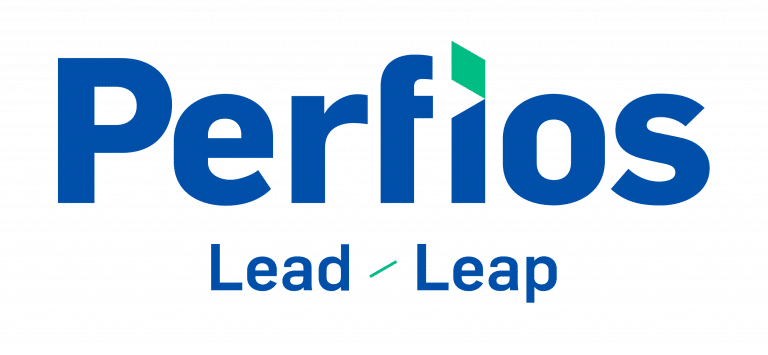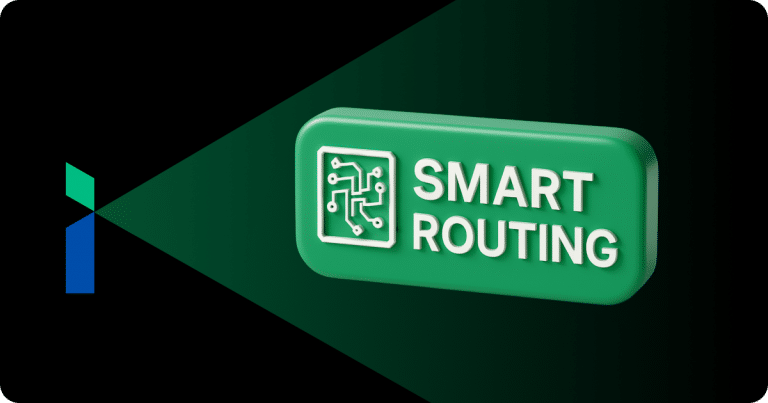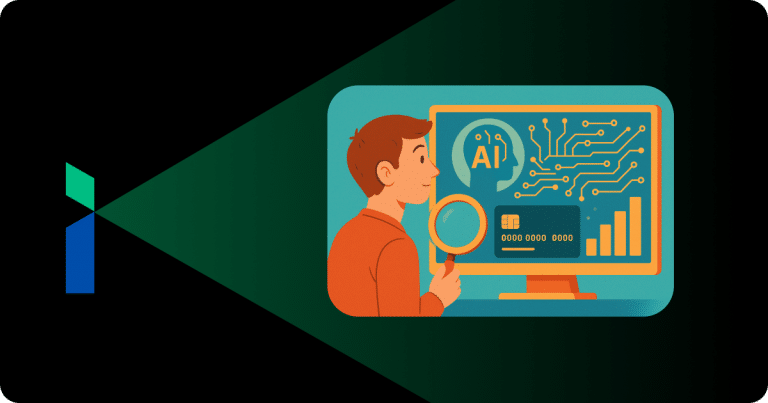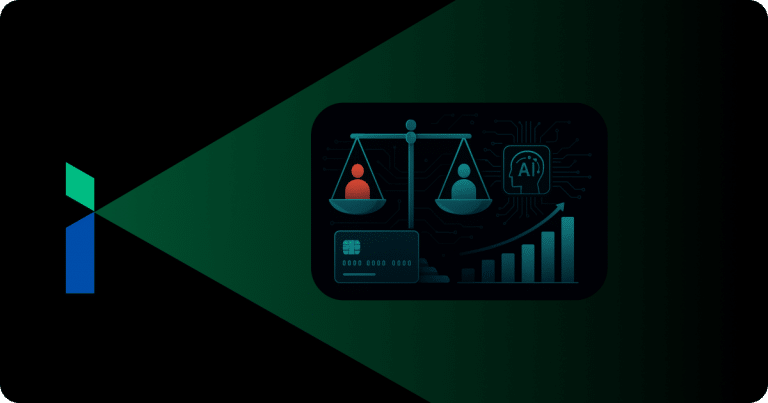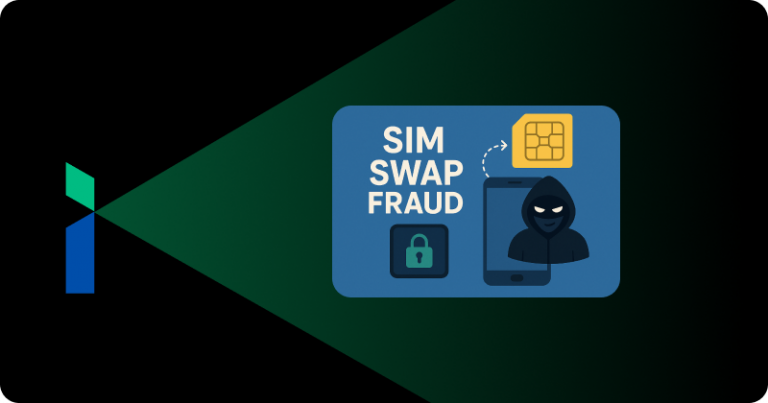Indian cricketer Dinesh Karthik is auctioning a digital art reel from a cricket match where he hit a match-winning 6 of the penultimate ball to seize victory, for 5 Ethereums, a digital currency worth around Rs 3,30,000 as of now per Ethereum.
There are others who have had stupendous success in India with NFTs. Manish Malhotra, one of India’s most prestigious fashion designers, has recently sold digital sketches of his most famous creations for 4000$ each.
So what exactly is an NFT, why is it creating such a buzz in the market, what are its benefits and is it legal to invest in NFTs in India? In this article, we will share answers to all the NFT questions you have and more! Let’s read on!
What is an NFT?
NFTs are cryptographic digital assets that are unique, containing encrypted identification codes and metadata that differentiate them from any other digital asset and, therefore, ensure their ownership is unique. The NFTs can only belong to one owner at a time, and they cannot be modified, altered, or duplicated into existence by anyone. Let’s take a gander at some of the salient features of NFT.
What does Non-Fungibility refer to?
NFT is an acronym for Non-Fungible Token. Let’s explore what it means to be non-fungible.
Fungibility is the innate ability of a good or an asset to be interchanged with a good or an asset of a similar kind. For example, money is fungible. A 10 rupee note can be substituted for a 100 rupee note, and both notes have the same value.
Non-fungible is an economic term that you can use to describe items such as furniture, a laptop, or a song file. Since they have distinct and unique properties that set them apart from everything else on earth, they cannot be interchanged with other objects.
Take for instance an avant-garde painting in real life. Take for example an auction taking place for the grandiose painting. At the end of the bidding, there will only be one owner of the painting, the highest bidder. No other original painting like it can exist, and no other owner can own it. Also, the painting cannot be interchanged or replaced by another painting, hence, it is non-fungi’ble. The NFT is a digital representation of such ownership.
Tokenization
We have taken care of the non-fungibility part of Non-fungible tokens. What about tokens? Among the items, NFTs can represent artwork, real estate deeds, car ownership records, and more. Tokenizing these tangible assets reduces the risk of fraud while allowing them to be bought, sold or traded more efficiently.
Blockchain
NFTs are unique cryptographic assets that exist on a blockchain that cannot be replicated. Let’s take a closer look at blockchain technology, the technology underpinning NFT. Blockchain technology facilitates the process of recording transactions and tracking assets in a business network by taking advantage of a distributed, shared ledger that’s immune to tampering. A blockchain is a decentralised database in which every block in the chain contains a number of transactions, and when a new transaction occurs, a record is added to the ledgers of all participants. In addition, the transactions are recorded with a changeless cryptographic signature, rendering blockchain technology immutable.
Benefits of NFT
Here are a few reasons why NFT is such an enticing value proposition:
Maximizing incomes for creators
The vast majority of content creators like artists, musicians, songwriters, photographers are victims of the hideous, ubiquitous plagiarism that robs them of their livelihoods, seeing their works shared and copied for free. Even when the pieces are bought, the big money is gobbled up by gatekeepers such as music streaming platforms and applications.
NFTs offer artists and content creators a nascent opportunity to monetise their wares. Musicians no longer have to rely on streaming platforms and applications to sell their music. Artists no longer have to rely on auction houses or galleries to sell their art. As NFTs, the artists can sell their prominent pieces directly to consumers and keep a greater share of the profits than otherwise available. Furthermore, they can save both costs and revenue by eliminating intermediaries that rob them of revenue, as they can seamlessly deliver their work to customers directly, and earn their rightful rewards.
With NFTs, creators are no longer inclined to surrender ownership of their art to the platforms they use to promote it. In essence, ownership is embedded within the content itself. Funds generated by the sale go directly to them. The artist is also entitled to royalty payments as they receive a percentage of the sale when their work is sold to a new owner. Every time the token is sold, the creator’s address is automatically included in the token’s metadata, which cannot be altered.
Owning the Real Thing
Salvador Mundi, the treasured, inestimable painting by the illustrious Leonardo Da Vinci was sold in 2017 for an astronomical $486.6 million adjusted prices as of today, which amounts to around Rs 3650 crores.
But does googling an image of Leonardo Da Vinci’s Salvador Mundi make you the proud owner of a multi-million dollar piece of art history?
NFT allows the buyer to purchase and own the original item. It is also equipped with built-in authentication, which acts as proof of ownership. Collectors value those digital bragging rights more than the actual item.
The value of owning the real thing ultimately depends on market dynamics. The more a piece is screen-grabbed, copied, shared and posted online, the more value it gains.
The real verifiable thing is always significantly more valuable than an imitation.
Enhancing Gaming Potential
NFTs are attracting enough attention from game developers. Gamers spend substantial amounts of money on in-app purchases. Nevertheless, the investment is lost when the game ends or the players quit.
If people are willing to spend such an extensive amount of money on something that would be worthless if they stopped logging in, imagine how much more they would spend if their avatar, magical sword, or other game items were NFTs that could be used in other games or be stored as virtual memorabilia that grows in value over time. As the interest in the game gains momentum, and new gamers enter the gaming ecosystem, they can recoup the investment and sell the in-game NFT item for a profit.
Thus, if you own some property of a game as an NFT, you no longer have an irrevocable expense, but an investment that could yield considerable profits if it becomes valuable for gamers within the gaming community or for use in other games, thus generating profits despite the fact the game is no longer supported.
When the NFT item is resold on the open market, game developers earn a percentage of the sales proceeds as royalties. It creates a mutually beneficial business model since both players and developers can earn on the secondary market.
Physical Items
Just recently in October 2021, a 4K platform, a marketplace was conceived, created and launched on the cryptocurrency Ethereum platform that allows users to mint non-fungible tokens underpinning physical assets.
Online marketplaces like eBay present a myriad of challenges in transacting with high-value, luxury items. Buyers can’t conclude from the images whether the goods are in pristine condition or whether the luxury item is original and authentic or counterfeit. Some platforms are tackling this endemic issue by adding a layer of authenticators after the product is sold and before it reaches the buyer. But this process takes an enormous amount of time and adds extensive costs.
The 4K platform concept is as simple as it is elegant: The website only markets and publicises items that have been previously authenticated. Customers send 4K, a luxury product such as a Rolex watch which is authenticated and stored in an ultra-secure storage facility. The owners receive an NFT representing the item’s ownership, authenticity and value which can be used as collateral to secure a decentralised finance loan or for sale. This is pertinently important if you’re not cash or crypto rich but own tangible assets of value. Also, redemption is just as easy: by returning the NFT to 4K, the physical item is delivered to the address provided by the redeemer.
By hiring world-class authenticators, insuring the item and investing heavily in technology and physical security, 4K enables customers to trust the authenticity and redeemability of the NFTs and thereby trust the authenticity and redeemability of high-value, luxury goods sold on the platform. This just gives us an inkling of the blitzkrieg to be witnessed in the trading of NFTs underlying physical assets.
NFT and Impact on the Fintech/ banking world?
NFT and DeFi
Decentralised Finance or DeFi is a complex system for the distribution of a number of financial products on a decentralised, public blockchain network. According to DeFi, technology using blockchains allows buyers, sellers, lenders, and borrowers to engage and negotiate deals peer-to-peer or through software-based middlemen rather than an intermediary or institution facilitating the transaction.
In recent years, many projects are emerging such as NFTfi, which allows users to borrow using their non-fungible tokens as collateral. Using the service, users are able to mortgage their NFTs for cryptocurrencies, which can be sold for cash further down the road. This offering gives NFT holders immediate liquidity without parting with their Cryptopunks or Bored Apes, famous NFTs.
While NFTs can be purchased, they can rarely be used in a productive manner, unlike fungible tokens, which can be staked, lent out, or otherwise utilized as a yield generation vehicle. But now if you have a crypto punk and you need cash but have no intention of selling it, you can now use it as collateral. Loans can then be converted into fiat currency, deployed into DeFi protocols or used to buy more NFT.
NFTs might be lent for approximately 50% of their value, with annual percentage rates ranging from 20% to 80% depending on the appeal of the NFT. The fair value of the collateral is determined by the lender based on the collateral’s recent sales history or the floor price of similar assets. A floor price is the lowest offer price at which you can purchase an NFT from a particular series.
Following an agreement between the parties, the NFT is transferred from the borrower’s wallet to an escrow account and a smart contract facilitates the loan. If the borrower fails to return the loan and interest at the end of the term, the lender can get back the underlying NFT.
NFT and ETF
NFT is a young, emerging asset class, like cryptocurrency. Even though the former is far younger than crypto, investors are paying close attention to it. Owing to this nascency, many exchange-traded funds lack ETF exposure but that’s likely to change. Despite this, there is still some overlap between NFTs and ETFs, thanks to the ARK Fintech Innovation ETF.
ARKF’s NFT credibility can be attributed to its ownership of Coinbase stock, one of the largest ETF owners of this stock. The crypto exchange bellwether, which is ARKF’s second-largest holding at 7.37%, is making a great deal of noise in the NFT space.
Coinbase plans to launch its own peer to peer non-fungible token marketplace to complement its existing crypto-related products. As competition to the market leader OpenSea, Coinbase will offer its users the ability to mint, trade, and sell NFTs through its interface. Coinbase will activate Ethereum contracts to facilitate trades and will support other blockchains in the future
ARKF’s relationship with NFTs doesn’t end here. Nearly 2% of the fund’s holdings are held by online sportsbook operator DraftKings, which is also involved in the NFT world.
DraftKings launched the DraftKings Marketplace in July. The platform is powered by Autograph, an NFT-driven sports collectables platform backed by Tom Brady, current quarterback of the Tampa Bay Buccaneers. Among other athletes, Autograph has agreements with a movie studio and other athletes such as Tiger Woods, Wayne Gretzky, Derek Jeter, Naomi Osaka, and Tony Hawk.
A crypto tie-in is also present. DraftKings announced Monday it is working with Polygon to enhance the DraftKings Marketplace. The Polygon token is a digital currency based on the Ethereum blockchain.
Conclusion
In the 30 days prior to April 12, 2021, NFT sales amounted to nearly 64 million U.S. dollars. The aggregated sales value for the 30 days ending November 15, 2021, was roughly 162 million U.S.dollars.
The rise of blockchain-based NFT promises significant growth in tracing the authenticity and verifiability of many key items like food products, etc. Walmart uses NFT blockchain technology to identify the origin of mangoes sold in the US and pork items sold in China. So far, Walmart has been able to trace the origins of over 25 different products from 5 different suppliers.
NFT continues to flourish in digital artwork such as memes, graphic art, music, films and other art forms. Using NFTs, consumers can reach out to consumers in new geographical areas, eliminating middlemen and intermediaries while simplifying and facilitating transactions. NBA Top Shot is an example of one such application. The NBA deployed a non-fungible token system for fans to commemorate and preserve for eternity their favourite moments in the form of cards.
NFTs offer a wide range of applications for different firms. According to Wire magazine, Microsoft is developing a Bitcoin-based platform that will verify users’ identities while keeping them anonymous. Such technology is highly desired in areas such as healthcare, where digital records empower robust emergency service delivery while safeguarding sensitive data with tokenization.
Therefore, NFTs hold a great deal of promise in the future since companies are seeking numerous ways to leverage this ground-breaking and nascent technology as soon as possible to gain the first-mover advantage.
